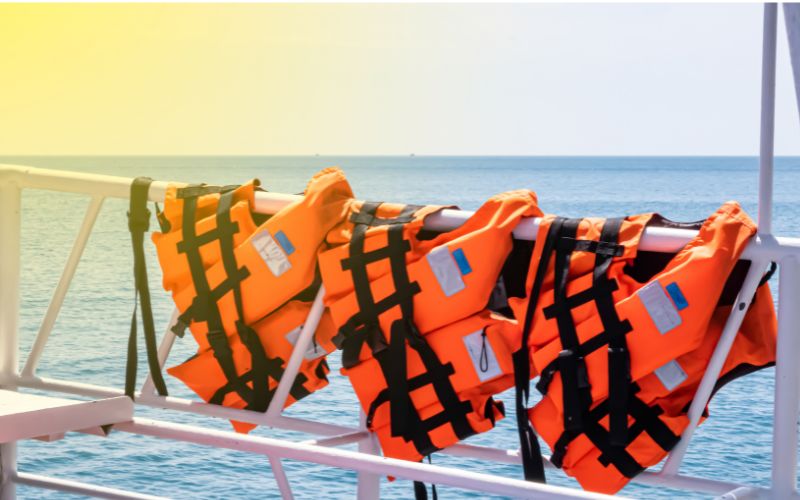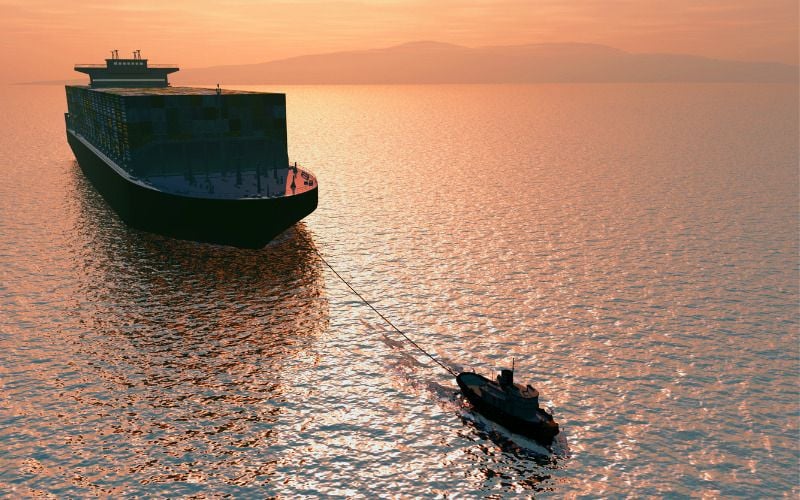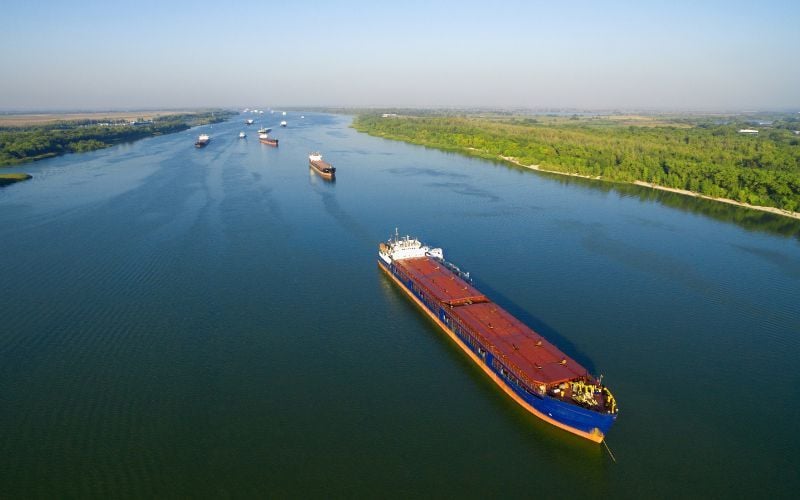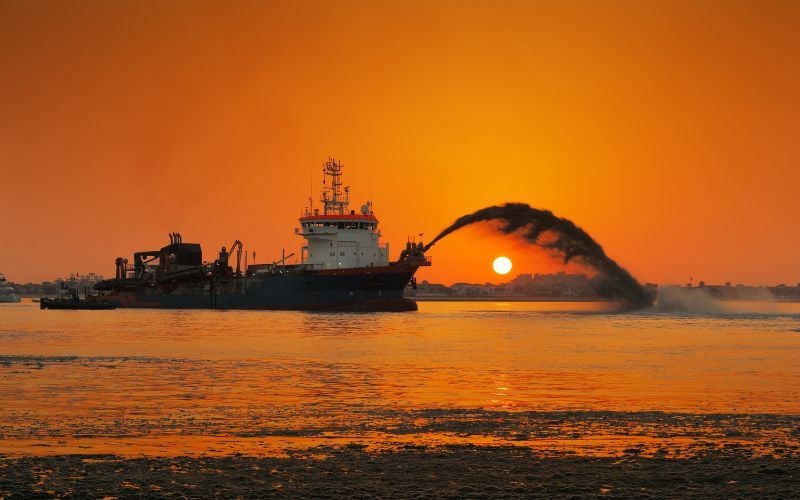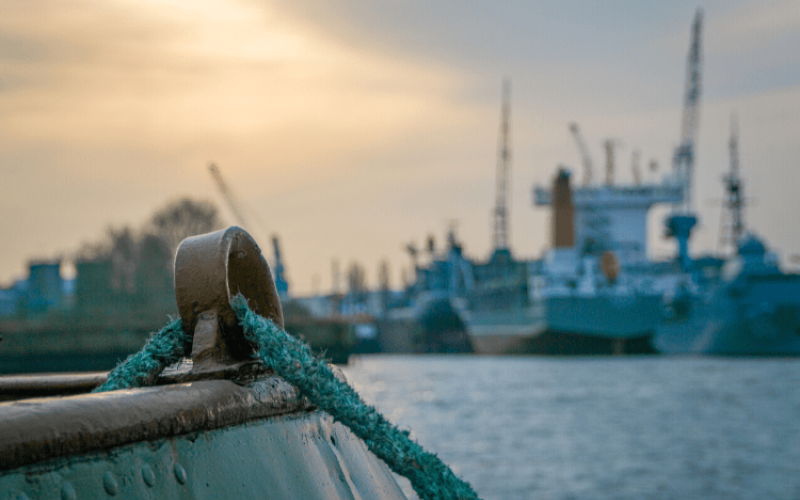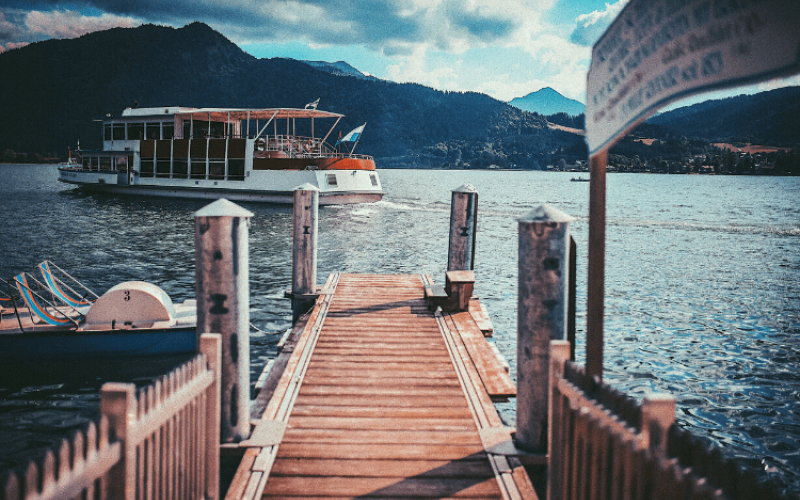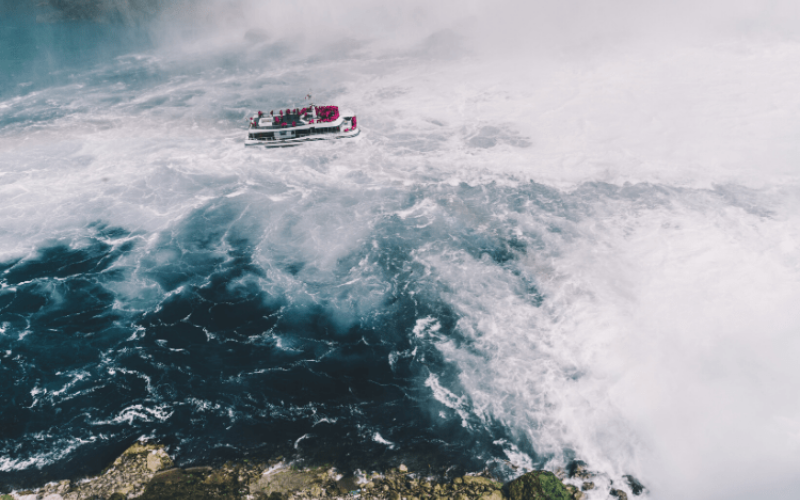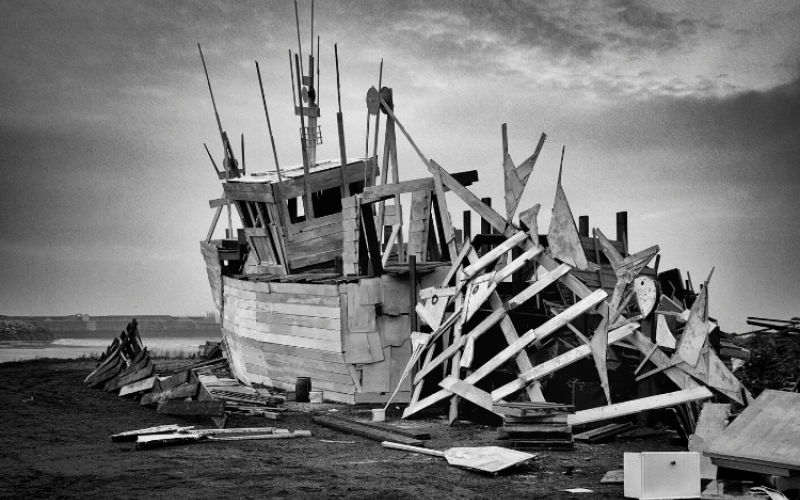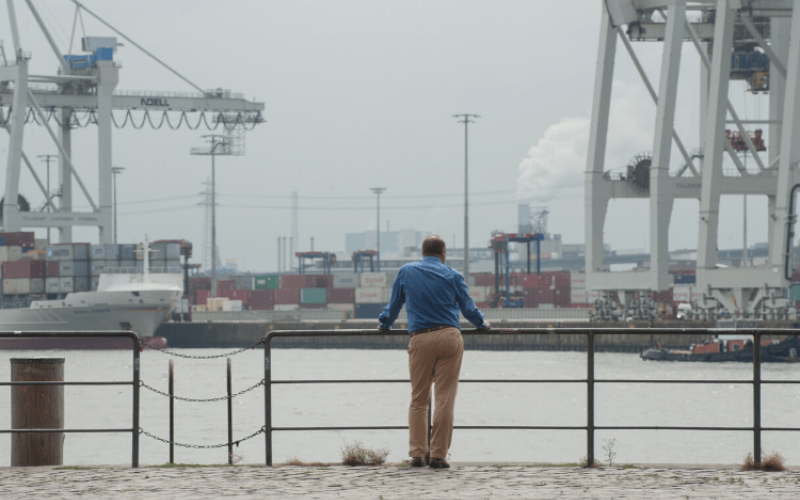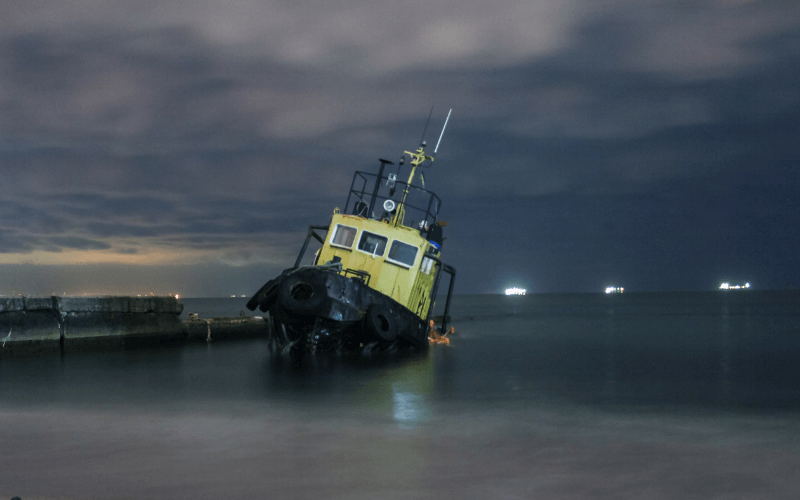What Can Make a Barge Capsize & What Happens After?
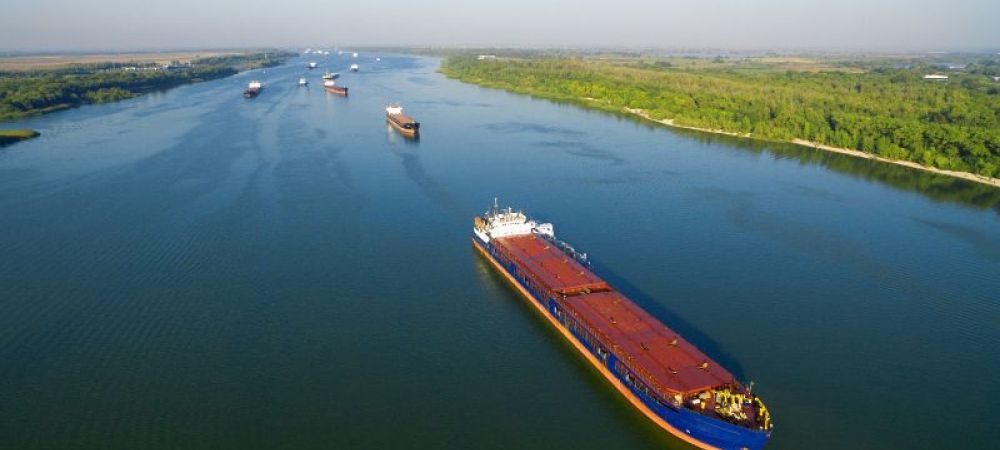
Working on a barge can be extremely dangerous as the boat travels through shallower inland waterways. These waterways are fraught with dangers and risks that do not exist on the open seas, so while barges are safer in some ways, they are just as dangerous as smaller boats, if not more so. There is a genuine possibility that your barge can catch fire or collide head-on with other vessels, strands, or founders. Any one of these accident types can lead to serious injuries or fatalities. In some of the worst cases, a barge can capsize, and a capsized vessel carries even more serious dangers.
Were you involved in a boating accident on a barge and are seeking assistance with your claim to recover damages? Contact the experienced maritime attorneys at Montagna Maritime Law by calling 757.622.8056 or using our online contact form for a case review today.
How Easy is It for a Barge to Capsize?
Recently in Chesapeake, a barge accident shut down a lane of the 168 Bridge. The barge struck the underside, damaging a girder and placing hundreds of people at risk for major injury. The crash itself is under investigation by the Coast Guard, and the spud barge itself is owned by the same company which was behind an accidental leak of 2.5 million gallons of wastewater near the Great Bridge Locks. While this barge did not necessarily capsize, it was fortunate that the damage was not far more catastrophic as barge accidents typically are.
While the risk of capsizing for a barge is lower than that of a kayak, dinghy, sailboat, power boat, most small boats, or even many larger boats, a barge can capsize. Any boat has a risk of capsizing if the waves hitting it are equal to or greater than 55 percent of the boat’s overall length. Because barges are large boats with a wide center of gravity, it takes a large wave striking the side of the boat to create the force needed to capsize it, unlike smaller boats like kayaks that can easily overturn.
Factors That Make It Easier for a Boat to Capsize
Factors that make a barge easier to capsize include overloading, poor weight distribution, situations where the cargo is too heavy, failure of the outboard engines, and failure of the towline or tow gear. Other significant factors relating to a barge capsizing include bad weather and leaks. While most larger boats have lifeboats, if you are caught in a squall, lifeboats can also easily capsize.
Bad Weather
Poor weather is a risk to any boat, from small boats like sailboats to the largest barges. A sudden squall can present risks, such as the waterline rising above safe levels or high winds that can lift the boat and turn it upside down. It is vital that before heading out on the open water, boaters and barge crews stay on top of the latest weather forecast.
There are many options to keep track of the weather, which on the waterways can change suddenly. The National Oceanic and Atmospheric Administration (NOAA) constantly broadcasts weather over the radio, and many smartphone apps feature up-to-the-moment weather maps with interactive radar so you can always see approaching storms. When you get caught in a storm, everyone on the boat should stay close to the boat’s center of gravity to help with stability, and always wear life jackets and flotation devices just in case.
Cargo Limitations
Poor weight distribution and overloading of cargo are two of the most common causes of boat capsizing. Boats of 15-19 feet in length are the most prone to this cause of capsizing. Even an extra person or two, or heavy coolers, can tip the scales and negatively affect buoyancy. Older boats tend to see more and more gear stored aboard for maintenance over the years, which is often overlooked when determining weight distribution.
Boats under 20 feet in length are required to have a capacity plate that states the maximum occupancy and the maximum safe weight for the ship to maintain buoyancy. Pay close attention to these numbers and never exceed capacity limits, even in calm water. Also, always work to keep the weight evenly distributed to maintain the boat’s balance on the water.
Another factor that many people fail to consider is that human beings are larger than they once were. In the 1960s, the average American weighed just 160 pounds. Today, the weight of an average adult tops 180 pounds. That is a significant amount of extra weight, which adds up.
Leaks
Finally, leaks are a major cause of capsizing. Leaks can occur for many reasons. In smaller boats, someone might simply forget to affix a drain plug. Sometimes seals and fittings get old and spring leaks. When a boat leaks, it is not just about the extra weight of the water affecting buoyancy. As the water sloshes around in the ship’s bowels, it can also cause weight distribution to shift, which can quickly overturn a boat.
Additionally, leaking fittings are often out of sight, hidden behind equipment or cargo. When a boat fills with water, increasing weight and reducing buoyancy, it is called swamping. This is why it is so important to keep up with regular maintenance. Part of this is ensuring that the bilge pump works so that if you do spring a leak, the water can be pumped back out of the boat.
What are the Signs of a Ship’s Impending Capsize?
Bad weather, high winds, high waves, and your boat taking on water are all potential warning signs that you could be at risk of capsizing. Too much cargo only exacerbates the situation. However, the real risk of capsizing is that it can come without warning. Certainly, major rolling and rocking are signs that you may be at risk, but a sudden squall or huge wave from poor weather can hit, and before you know it, you are upside down in cold water.
What is the Most Important Thing to Remember if Your Boat Capsizes?
Barges almost always have safety protocols in place to deal with the risk of overturning. If your boat does not have posted safety protocols, here are some safety tips to remember.
- Stay with the vessel. Stay as near to the vessel as possible without putting yourself in danger. When everyone is nearby, this makes it easier for rescuers like the U.S. Coast Guard to find you.
- Check for injuries. This is standard advice for any accident, whether it’s a slip and fall, a car accident, or a maritime accident on a barge on the open water. Take stock and see if you notice any injuries. Even if you do not notice symptoms, get medical attention as soon as you are rescued.
- Perform a headcount. Check to be sure everyone is accounted for. Make a note of those who are not, and do what you can to locate them without putting yourself at unnecessary additional risk.
- Deploy your flotation device. Get your flotation device working, whether it is a self-inflating raft or a life jacket. No matter how strong a swimmer you may be, the cold water and the wait for rescue can wear out anyone.
- Stay with the group. Just as important as staying with the vessel is staying with the group. The more people that are close together, the easier it will be for your rescuers to find you. Further, when you are with many people, you naturally share body heat that can help to offset hypothermia from the cold waters.
- Deploy signaling devices. If you can access signaling devices, deploy them to inform rescuers where to find you. If possible, you may want to hold off on deploying these until you can detect rescue vessels, be they helicopters or other ships, to be sure they can be seen.
Are Barges Safer Than Open Water Vessels?
Capsizing is a risk for boats of just about every kind. Barges, however, are intended for shallow waterways, where they deliver cargo to various ports. This comes with its own risks, including getting caught in debris or head-on collisions with other vessels or objects. In very shallow water, the risk of capsizing is reduced.
However, if the barge is in deeper waters, these open-water vessels are more likely to capsize. The U.S. Coast Guard has required boats of particular sizes to carry hulls that will still float even when filled with water. Monohull powerboats built after 1972 that are under 20 feet long are required to maintain buoyancy even when filled with water.
Boats larger than 20 feet, however, are not required to have this feature, though any boats up to 26 feet long that are built to the standards of the American Boat & Yacht Council (ABYC) and National Marine Manufacturers Association (NMMA) may also have this flotation standard.
Boats built before 1972 will not likely have this flotation feature. Without flotation, the vessel is much more likely to capsize in inclement conditions.
Types of Injuries Related to Barge Capsizing
If your barge capsizes, you can sustain injuries ranging from traumatic brain injuries to broken bones, paralysis, back injuries, and more. Some of the most common injuries from your boat capsizing include the following.
Hypothermia
Hypothermia happens when you lose body heat faster than you can generate it. This reduces your body temperature to dangerously low levels. The normal temperature for a human body is around 98.6 degrees Fahrenheit. When your body temperature falls below 95 degrees, hypothermia occurs. Signs of hypothermia include exhaustion, confusion, shivering, fumbling hands, memory loss, drowsiness, and slurred speech.
Illness
Exposure to cold water or polluted water (which, sadly, occurs in many of our waterways) can lead to all manner of illnesses. You can catch a cold, pneumonia, or any number of other pathogens in the water. Depending on your situation, you may have a toxic reaction to chemicals that spill into the water or even encounter dangerous water life.
Drowning
Drowning is a serious risk any time someone falls into deep water. No matter how good of a swimmer you may think you are, failed flotation devices and injuries can quickly lead to being overwhelmed. You may also become pinned by heavy equipment or the vessel itself, unable to surface to take a breath. People have drowned in as little as two feet of water, so never think you are perfectly safe, even in shallower water.
Death Due to Fall
Slip and fall injuries are common across the maritime industry. Even when your boat does not capsize, you can slip on slick decks and suffer injuries. When your boat capsizes, you may impact surfaces on your way down, from equipment to railings, the side of the boat, and the water itself, which can, as you fall fast, hit almost like a solid. Hitting your head, breaking your neck or back, or being pinned under heavy equipment can lead to death from the fall.
How to Avoid a Barge Capsizing
The best way to keep a barge from capsizing is for the crew to stay vigilant and remain on top of the abovementioned risks. Frequent inspections should assess the seaworthiness of the vessel. Maintenance crews should check regularly for leaks in seals and fittings. Cargo loading should always be checked and double-checked for weight and proper weight distribution. The more detailed the inspection, the less likely the barge is to encounter dangerous situations.
Injured When Your Boat Capsizes?
If you were injured in a capsizing barge accident, one of the knowledgeable maritime injury lawyers at Montagna Maritime Law can help. We have decades of combined experience dealing with maritime injuries and are well-versed in the unique laws and procedures that go with these sorts of cases. We can provide representation and legal advice and advocate for your right to the compensation you deserve. Let us be the allies you need when you need us the most. Contact us today at 757.622.8056 or use our online contact form for a consultation with a member of our legal team.
"*" indicates required fields



